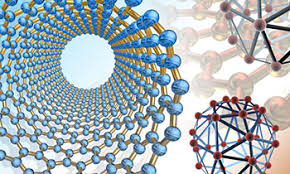Mechanical & Materials Engineering, Department of
Document Type
Article
Date of this Version
7-12-2022
Citation
Bone Reports 17 (2022) 101604. https://doi.org/10.1016/j.bonr.2022.101604
Abstract
The goal of this study is to investigate the causes of osteoporosis-related skeletal fragility in postmenopausal women. We hypothesize that bone fragility in these individuals is largely due to mineral, and/or intrinsic material properties in the osteocyte lacunar/peri-lacunar regions of bone tissue. Innovative measurements with nanoscale resolution, including scanning electron microscope (SEM), an atomic force microscope that is integrated with infrared spectroscopy (AFM-IR), and nanoindentation, were used to characterize osteocyte lacunar and peri-lacunar properties in bone biopsies from fracturing (Cases) and matched (Age, BMD), non-fracturing (Controls) postmenopausal healthy women. In the peri-lacunar space, the nanoindentation results show that the modulus and hardness of the Controls are lower than the Cases. The AFM-IR results conclusively show that the mineral matrix, maturity (peak) (except in outer/far regions in Controls) were greater in Controls than in Cases. Furthermore, these results indicate that while mineral-to-matrix area ratio tend to be greater, the mineral maturity and crystallinity peak ratio “near” lacunae is greater than at regions “far” or more distance from lacunae in the Controls only. Due to the heterogeneity of bone structure, additional measurements are needed to provide more convincing evidence of altered lacunar characteristics and changes in the peri-lacunar bone as mechanisms related to postmenopausal women and fragility. Such findings would motivate new osteocyte-targeted treatments to reduce fragility fracture risks in these groups.
Included in
Mechanics of Materials Commons, Nanoscience and Nanotechnology Commons, Other Engineering Science and Materials Commons, Other Mechanical Engineering Commons


Comments
Open access